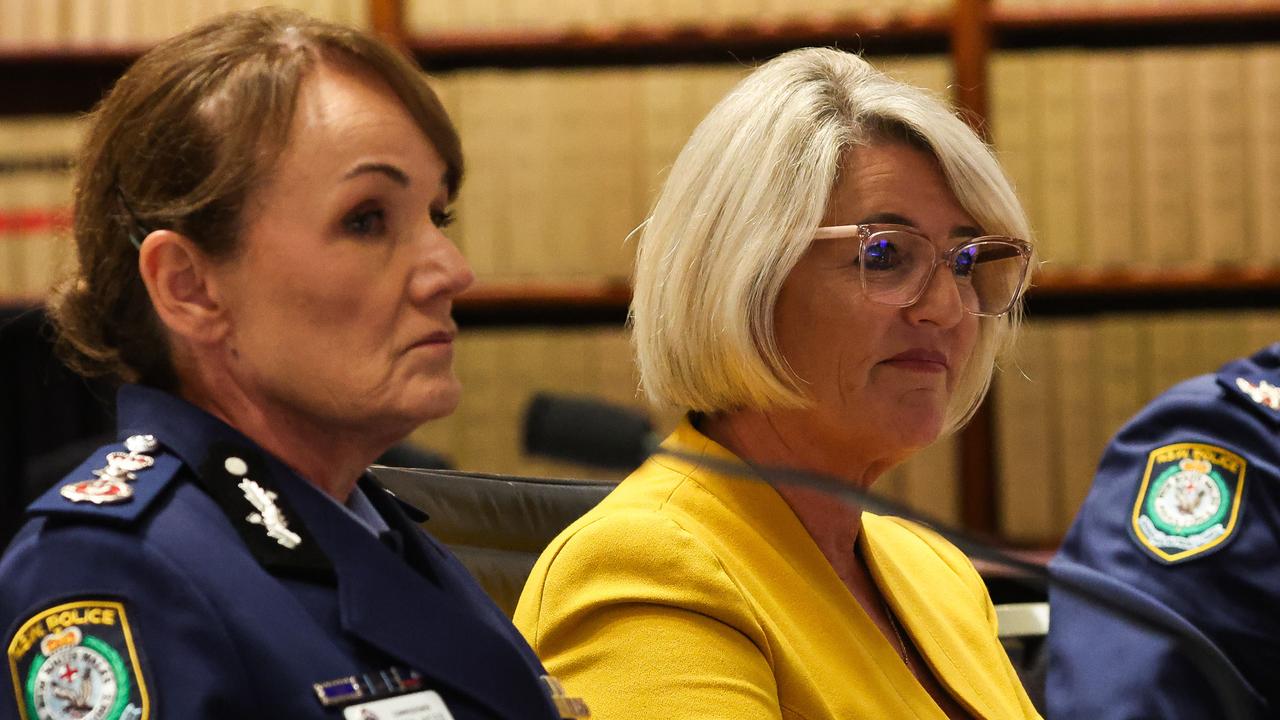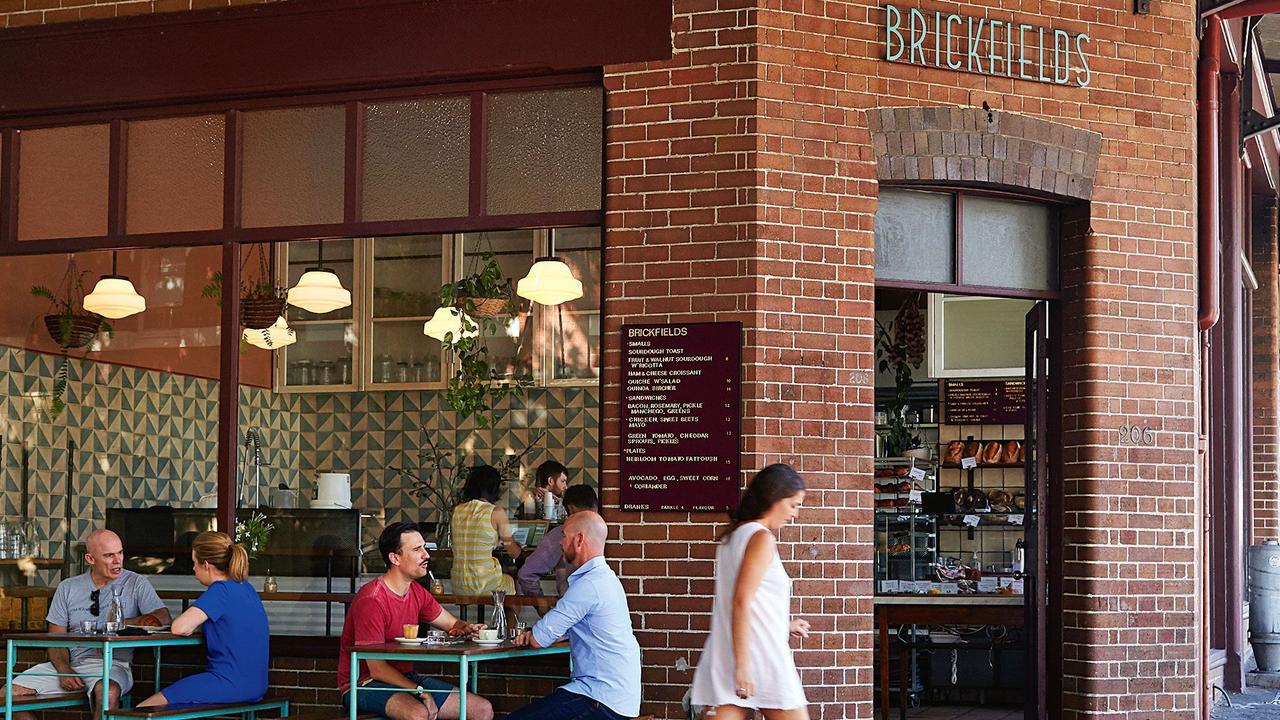NSW electric bus rollout: 1200 new buses to be added to 11 Sydney depots
Public bus depots across NSW could be redesigned or relocated to cater for a fleet of thousands of new zero emissions buses. It comes as concerns are raised over fire safety risks and reliability of the vehicles.
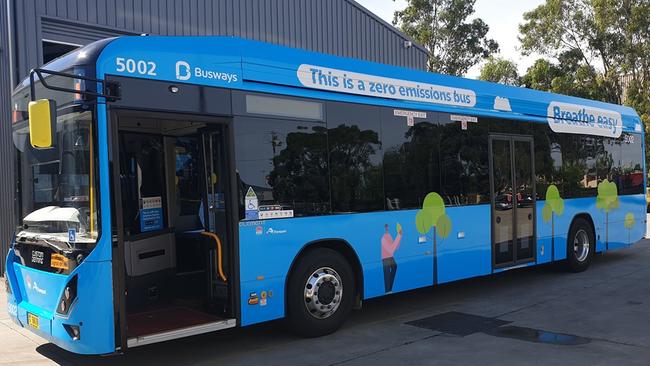
Local
Don't miss out on the headlines from Local. Followed categories will be added to My News.
Public bus depots across NSW could be redesigned or relocated to cater for a fleet of thousands of new zero emissions buses as concerns are raised over fire safety risks and reliability of the vehicles.
Transport for NSW is pushing ahead with plans to replace more than 8000 diesel and compressed natural gas buses with zero emission alternatives in a bid to cut the carbon footprint of the state’s bus network.
The transition, which has been allocated $3bn by the state government, will involve upgrading existing bus depots with charging and refuelling infrastructure and power supply upgrades.
Transport for NSW has confirmed due to the space requirements of charging infrastructure, battery electric buses may require more space than diesel buses – meaning some depots may need to be redesigned, relocated or secondary sites established.
Current battery electric buses typically operate between 300 to 350 km on a single charge. A range of factors such as temperature, passenger loads and road conditions all influence the range of an electric bus.
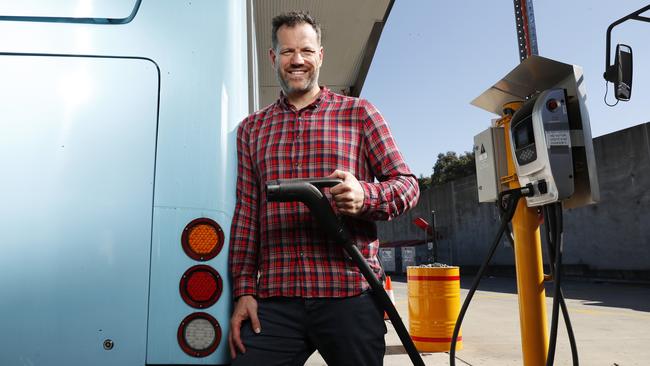
The rollout comes as a report by the Office of Transport Safety Investigations (OTSI) – an independent body which investigates transport incidents in NSW – has called for the state government to explore additional fire mitigation and technologies as part of the electric bus rollout.
Over the last decade, bus fires have damaged or destroyed 52 buses, causing average delays of 30 minutes for passengers and costing the state’s economy $203m.
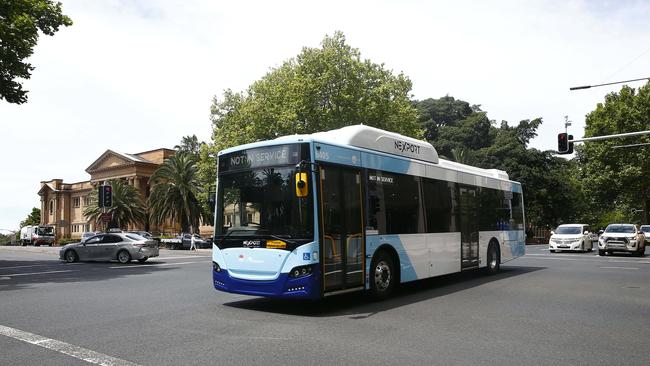
Without further improvement, OTSI has warned safety incidents will continue to rise, costing NSW a further $265m over the next decade.
OTSI found “further research was needed to understand the fire safety risks associated with electric batteries and hydrogen fuel cells in new zero-emission buses”.
“Newer fire mitigation/fighting technologies are also required to proactively manage bus fire safety in the changing NSW bus fleet as zero-emission electric and hydrogen buses are rolled out,” the report states.
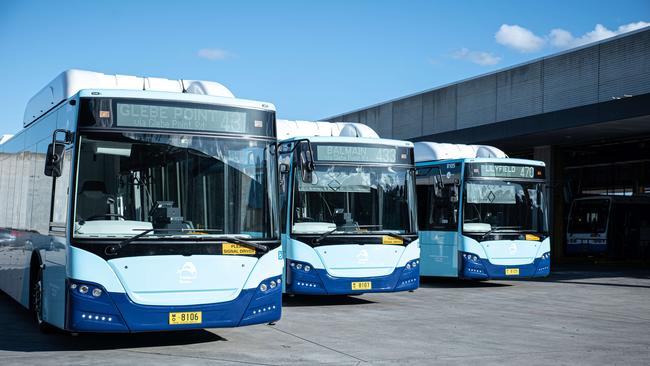
There are currently 11 existing depots earmarked to be upgraded to accommodate 1200 new battery electric buses to the network as part the first phase of the transition.
The Leichhardt depot will receive the most new electric buses with 182 electric buses to service the local bus network, followed by Brookvale (149), Port Botany (148), Tempe (112), South Granville (93), Randwick (91), Willoughby (62), North Sydney (58), Kingsgrove (56), Taren Point (53), and Menai (50).
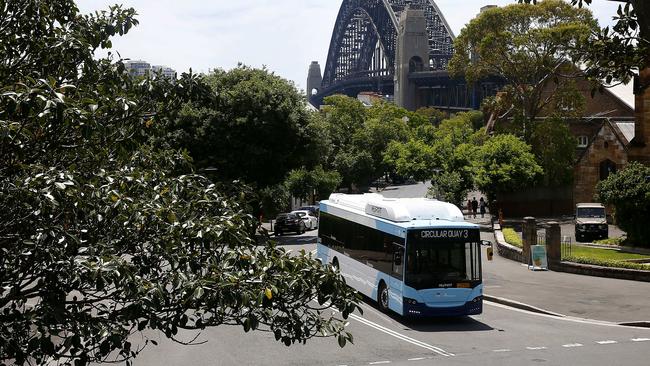
A new bus depot will also be built at Macquarie Park, accommodating 165 electric buses.
A Transport for NSW spokesman said the cost of upgrading depots will vary depending on a range of factors including current fleet size and type, depot constraints, the charging solution and extent of power upgrades.
“Transport has worked closely with industry and experts to ensure the transition plan strikes the right balance between speed of delivery, capacity of industry to support the roll out and the age of the current fleet,” he said.
David Babineau of the NSW Rail, Tram & Bus Union has called for certainty that no jobs will be lost as part of the transition, including workshop and refueller roles.
“In the midst of a serious bus crisis in Sydney, we can’t afford to allow companies or the government to be axing any jobs in the industry,” he said.
“The move to electric buses will do nothing to solve the bus issues we’re seeing across the network.”




